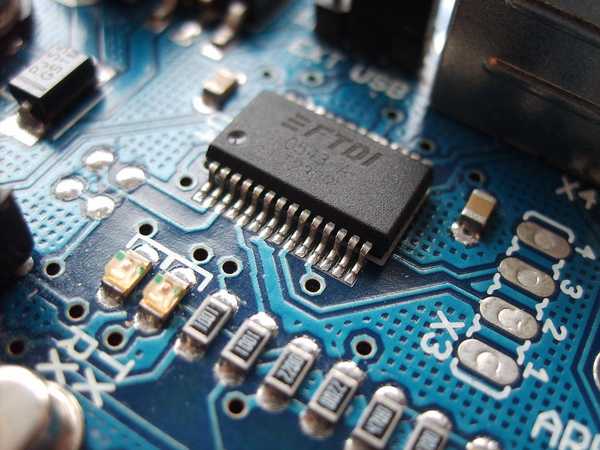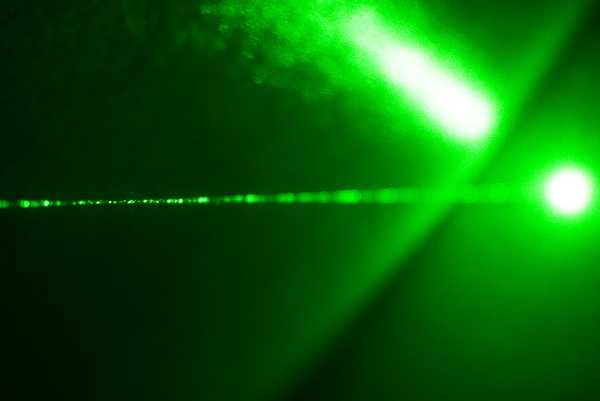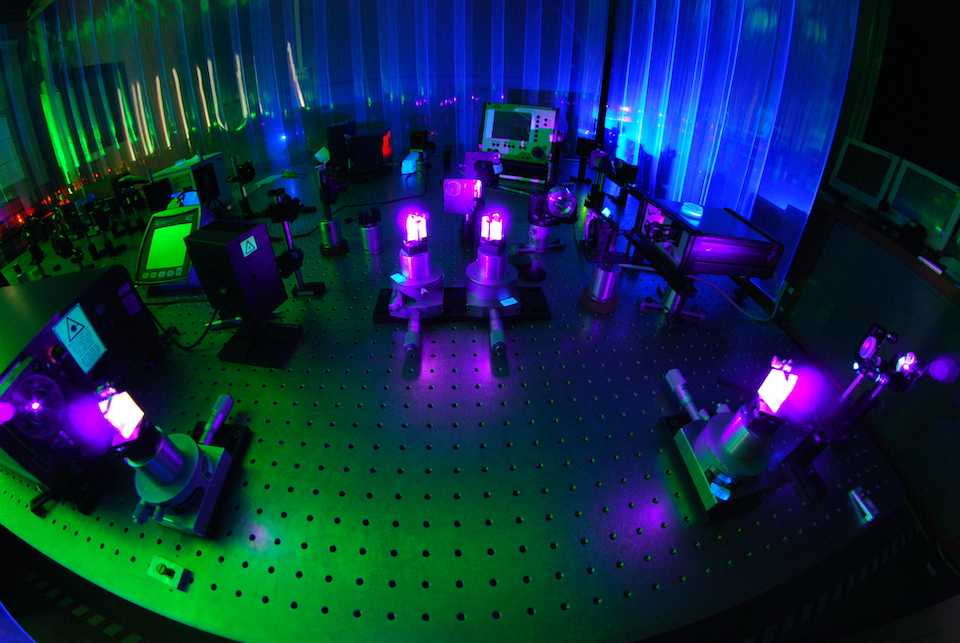Quick Rundown on the Different Lasik Treatment Types
There is a lot of lasik technology out there; which means.. a lot of jargon to try to sort through and decipher! And when you are just getting started on your lasik journey, all these terms become overwhelming. Not all lasik technology is the same. Why can’t lasik just be lasik?! More advanced laser technology performs better lasik treatments and can provide better outcomes.
Lasik has evolved quite nicely in the past three decades. New technologies have increased control, safety and the ability to get amazing vision after lasik.
Imagine using the same Nokia phone for the past 20 years! Boy would people be shocked every time you pull it out (and there will probably be some people who have never even seen a non-smart phone 😂). Phones have made incredible progress in the past 20 years. So why would lasik lasers be any different?

Technology gets more advanced; Image by DustyDingo, Public domain, via Wikimedia Commons
Lasik lasers do have a longer lifespan than a smart phone, but lasik lasers do change over time. Modern lasik lasers are better than those made in the 2000's and much better over lasik lasers made in the 1990's. Over time, as surgeons around the country learned about lasik and how the lasers work, significant improvements have been made to the treatment patterns and algorithms. Older generations of lasik lasers can cause more side effects of halos, starbursts and overall decreased quality of vision. New lasers really do improve visual quality and improve outcomes!
Unfortunately not everyone uses new lasers. Like anything new, there is an increased cost. Buying a brand new Apple iPhone will cost more than a used 2002 era Nokia. Using modern lasik technology does cost more than the older lasers. And with lasik, you pretty much get what you pay for. Cutting corners on technology to reduce cost is not the ideal path to get out of glasses and contact lenses. Finding the best technology and the best refractive surgeon is important to get the very best vision after laser eye surgery.
Conventional Lasik

Using lasers to correct vision; Image by Tommology, CC BY-SA 4.0, via Wikimedia Commons
For those unfamiliar, lasik corrects nearsightedness by flattening the center part of the cornea. This changes how light is focused into your eye to correct vision. The zone which is corrected and also the part that you look through is called the optical zone. [remember this term as I’ll be referring back to it]
Back in the day, lasik treated the optical zone and not much else. (since the optical zone is the part that you look out of). While the procedure was revolutionary, this treatment pattern caused people to have a higher amount of halos around lights at nighttime. [something that’s called spherical aberration, a type of higher order aberration].
Rise of Wavefront Lasik
Wavefront lasik is different from standard or conventional lasik in that the lasik treatment itself is adjusted. This goes beyond just programming the prescription to incorporate additional measurements of the cornea or vision irregularities to customize the treatment.
So engineers looked into how to decrease the amount of nighttime vision symptoms and improve vision even more post lasik. Two camps emerged:
- The wavefront-optimized camp decided that the best way to improve vision with lasik was to first calculate how much spherical aberration was going to be caused and then create a series of treatments in a transition zone outside the optical zone. These treatments smoothed out the sudden change from the flat optical zone to the steep unchanged cornea.
- The wavefront-guided camp decided the best way to correct vision was instead do scans to look at the individual amount of higher order aberrations in the eye and then modify the treatment to correct for these higher order aberrations.
This all happened over a decade ago! But both of these treatment profiles still exist today because they both work really well! For the longest time, countless studies comparing the two technologies and results couldn’t come to any sort of consensus. So bottom line, you can’t go wrong with either wavefront-optimized or wavefront-guided when getting lasik done.
What is Topography-Guided Lasik?

Treating based upon curves in the cornea; Image by Jeremy Zero on Unsplash
One of the more recent developments in lasik is topography-guided lasik. (You may also hear the term “Contoura”; In short, Contoura is a popular topography-guided treatment)
If we look at a good map while hiking or skiing in mountains, this map will show different lines around these mountains. These lines give information about the height of the mountain. This type of map is called a topographical map.
While the cornea may not contain mountains, it is rare for the cornea to be completely smooth. Now, you won’t be able to see these microscopic details by looking in a mirror, but these microscopic hills and valleys actually cause a subtle distortion of vision and prescription. In your day to day routine, the brain has learned how to adjust to these small distortions and that’s why you don’t see or worry about it. However, if the cornea was completely smooth, then these distortions can disappear and images can be sharper.
Topography-guided lasik takes measurements of all the microscopic hills and valleys in your cornea. It adjusts the treatment pattern during lasik in order to smooth out your cornea. So now, instead of lasik simply aiming to match what you can see with glasses or contact lenses, we are finally in the era where lasik can potentially give better and sharper vision.
Summary
Fortunately, most lasik being done today uses modern treatment programs. Wavefront-optimized treatments adjust the treatment for the shape of the cornea in order to reduce higher order aberrations (which can cause halos and glare). Wavefront-guided custom lasik measures and treats those higher order aberrations directly. And treatments such as topography guided lasik, actually take a map of the surface of the cornea to minimize the irregularities.
Making sure you get a modern laser platform and treatment is how you get best vision afterwards.
Check out Finally Make Sense of All The Different Types Of Lasik on EyeMountain.com to learn more
Related Articles
Please note: The general information provided on the Website is for informational purposes only and is not professional medical advice, diagnosis, treatment, or care, nor is it intended to be a substitute therefore. See the Disclaimer and Terms of Use for more information
